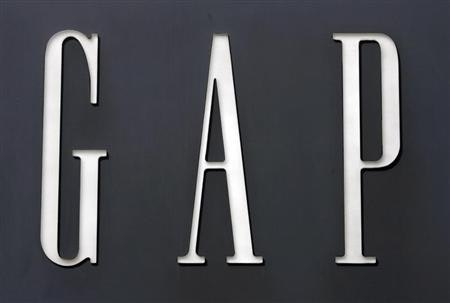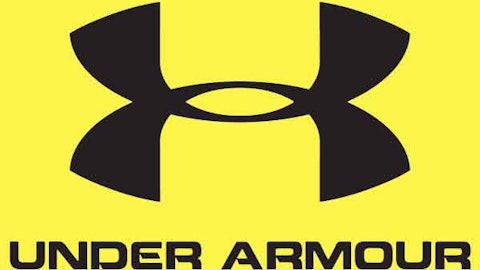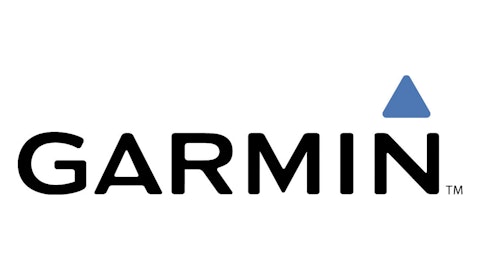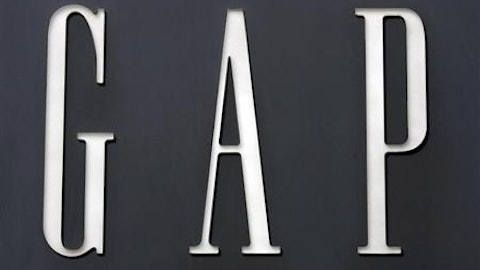In 2012, The Gap Inc. (NYSE:GPS) gave shareholders a staggering 67% return. While Gap’s share price soared, the company’s international operations delivered a disappointing 3% decrease in sales in 2012, adding to 2011’s woeful 7% decrease. With Gap’s big plans for 2013 focused on international expansion, I expect that international sales will continue to underperform and in the process, undermine Gap’s 2013 performance.
Gap has a strong presence in North America and Europe, as well as dozens of stores in Asia and exploratory stores in Chile, Mexico, Egypt, and South Africa. After restructuring brand management in 2012 to refocus on the international market, Gap continues to push into new markets. In 2013, the company plans to open more stores around the world, particularly in the large consumer markets of Brazil, Mexico, India, South Africa, and China. Whether Gap succeeds, flounders, or fails in these efforts will have a considerable impact on the company’s bottom line: in addition to new market research and new store expenses, Gap expects 30% of its 2013 revenue to come from international sales.
Problems
In principal, diversifying a business through sales to international markets is a no-brainer. In practice, however, every new country means a new set of business licenses, laws, and other regulations, as well as arrangements with domestic partner companies and new market research, all with no guarantee of ever making a sale.
India exemplifies this challenge. With a $500 billion domestic retail market, India holds massive potential profits for international brands. However, most have stayed out of India, citing a law that capped foreign ownership of business ventures at a 51% stake. India relaxed the law in late 2012 and dozens of companies, including Gap, immediately started exploring Indian expansions.
But as The Wall Street Journal notes, these companies are tripping over the dozens of complicating regulations still in place, some common and some country-specific, such as a law stating that 30% of a product’s value must come from Indian materials.
Additionally, Gap began planning its international expansion when markets were cheering the quick recovery and turbo growth of developing markets. The excitement cooled as GDP growth in many countries dropped off in 2012, particularly for China and Brazil. Thus, Gap is entering these markets when GDP growth may have already crested.
Finally, Gap commands high prices for its brand in developing markets. Unfortunately, Gap-branded clothing suffers from high counterfeiting rates – particularly in the larger markets it is currently targeting, like China, India, Brazil, and Mexico. Gap is not alone in high counterfeit rates, its competitor and forerunner in international markets NIKE, Inc. (NYSE:NKE) may be the most counterfeited brand in the world. However, Nike successfully campaigns against counterfeiters by detailing the performance difference between fake Nike products and authentic ones. The quality difference between fake running shoes and authentic ones is noticeable and Nike capitalizes on safety concerns, running media campaigns with national health and consumer bureaus where possible. Gap will be hard pressed to convince consumers that there is a similar difference between counterfeit jeans and authentic ones.




